Using Gaia astrometry to discover asteroid companions
Coordinator
Partner coordinators
Core tasks and team members |
Collaborators |
|
|
Signal analysis: David Mary - Observatoire de la Côte d'Azur
|
|
Rodrigo Leiva (Inst. de Astrofísica de Andalucía, Spain) |
|
Stellar occultations: Lyu Abe - Obs. de la Côte d'Azur, B. Sicardy - Obs. de Paris
|
|
Katherine Minker (Obs. de la Côte d'Azur, France) |
|
Physical properties: Benoit Carry - Observatoire de la Côte d'Azur
|
|
Alexandros Siakas (Univ. Thessaloniki, Greece) |
|
Gaia data: Laurent Galluccio - Observatoire de la Côte d'Azur
|
|
Sotirios Tsavdaridis (Univ. Thessaloniki, Greece) |
|
post-doc - Luana Liberato - Observatoire de la Côte d'Azur
|
|
Kleomenis Tsiganis (Univ. Thessaloniki, Greece) |
|
PhD student - Raphael Lallemand - Observatoire de Paris
|
|
Science case
GaiaMoons has the ambition to unveil a new category of binary asteroids by their signature in astrometry.
Based on Gaia and ground-based observations GaiaMoons attacks a main difficulty in asteroid studies today. The most important characteristics of asteroids that we sorely need are their densities and internal structure, which are extremely difficult to derive by means of remote-sensing techniques and are reasonably constrained for a few tens of objects.
When the absolute diameters and orbit size of a binary system can be determined, the bulk density of the two components is derived with relatively good accuracy, providing information on their internal structure.
However, a strong scientific and technical barrier is present, as our knowledge of binaries is most probably strongly biased and incomplete. This is because a whole population of binaries cannot be efficiently discovered by current techniques, involving mainly adaptive optics (high resolution) imaging (more efficient on large, relatively bright asteroids) and photometry (requiring favorable geometry and/or compact system that have different primary and secondary rotation periods).
Exploiting Gaia astrometry, GaiaMoons lifts this barrier by implementing a technique never exploited in this context, combined with more traditional approached, with the ambition to explore a population of binary asteroids that has still to be revealed.
Method
Analysis of asteroid astrometryWe exploit asteroid astrometry obtained by the Gaia mission of the European Space Agency. From the orbital fit, we derive from the residuals the possible signatures of the presence of a companion. This first step produces a list of candidate binary asteroids. |
Physical validation of the candidatesThe candidates must be analysed to check if the presence of a satellite is consistent with the supposed physical properties of the asteroid (size, density...). Candidates that are not compatibles are discarded. |
|
Observational validation of the candidatesWe target the candidate binaries by campaigns of photometry and stellar occultation observations from different sites. The goal is to attempt to validate the presence of the companions by other techniques, independent from the astrometric detection. |
Final study of the physical propertiesEventually, all the properties derived by astrometry, photometry, occultations, and data available from other sources, are assembled in a coherent picture, providing the most complete possible data set of physical properties for the new binaries. |
Citizen science
|
GaiaMoons exploits networks of observers of stellar occultations, very useful to validate the discoveris of binary asteroids. GaiaMoons actively supports the collaboration with a large comunity of amateur astronomer by exploiting the ACROSS collaboration. Occultation predictions can be directly accessed here: https://gaiamoons.imcce.fr |
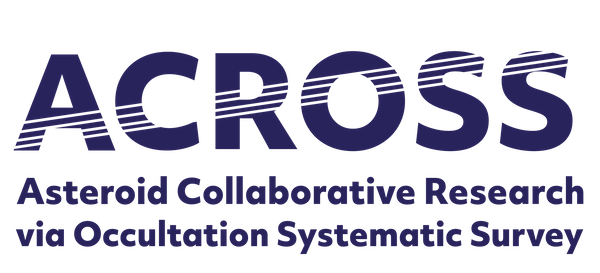 |
Publications
|
Liberato et al. A&A. 2024, Binary asteroid candidates in Gaia DR3 astrometry |
Data sets
|
Candidate list, from Liberato et al. A&A. 2024, Binary asteroid candidates in Gaia DR3 astrometry |
CDS format with readme file (to appear soon at CDS web site) |
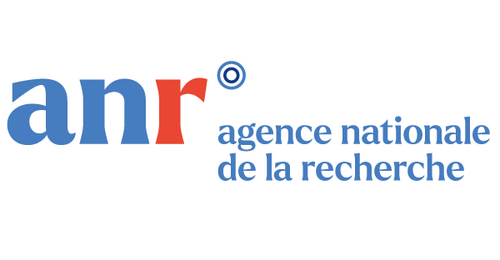 |
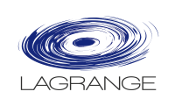 |
 |
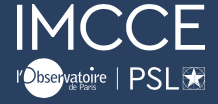 |
 |
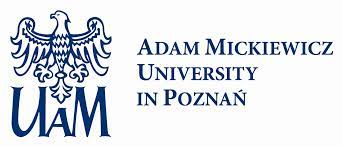 |





